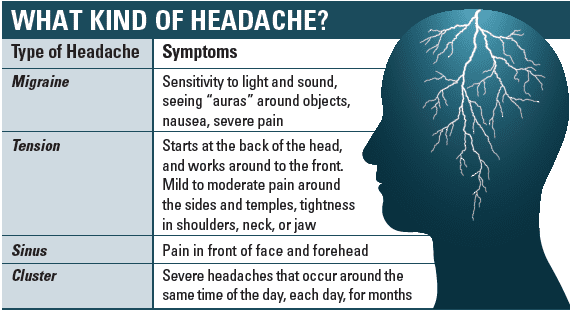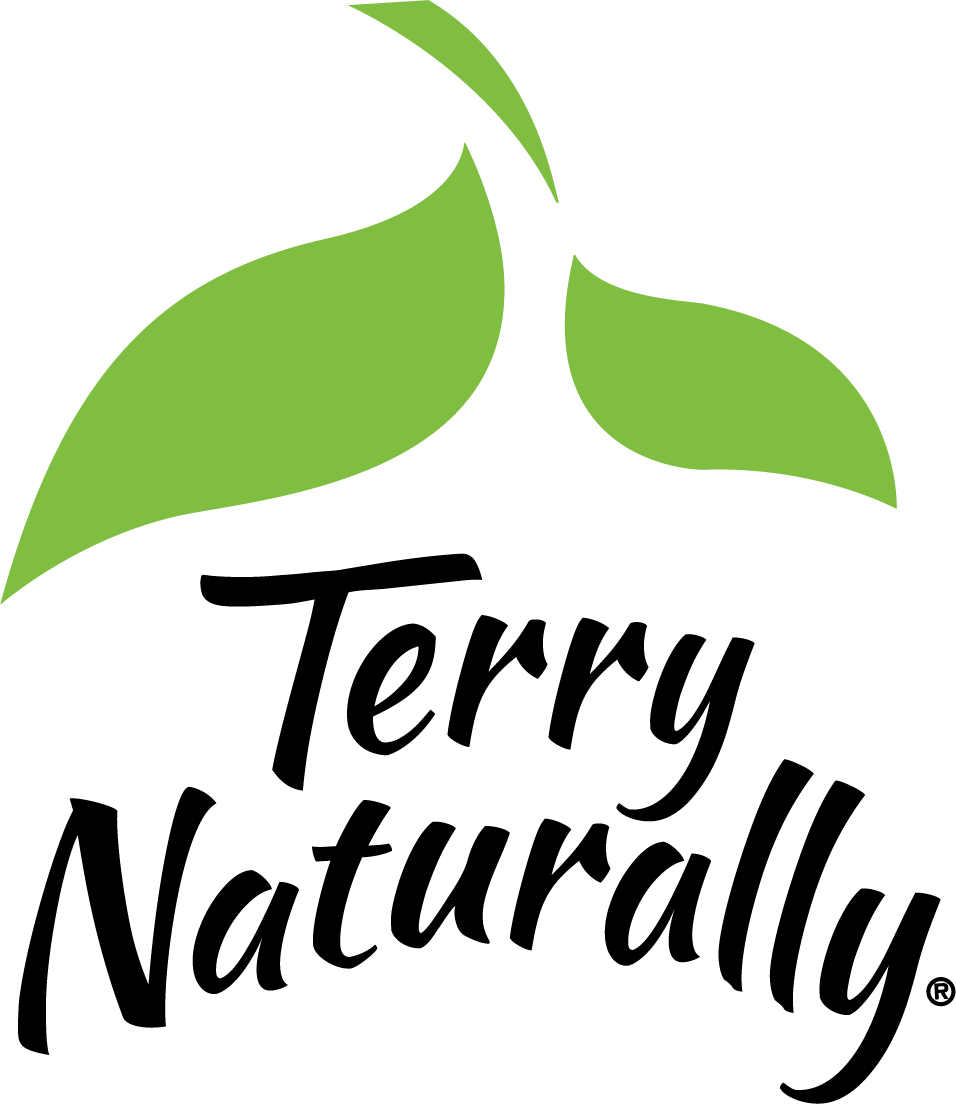That’s not the case. Common analgesics, whether aspirin, ibuprofen, or acetaminophen, have terrible effects on the liver, heart, mood, and immune system. For example, acetaminophen was recently found to affect serotonin levels and suppress emotion. It destroys glutathione production in the liver and is the number one cause of acute liver failure. In addition to its blood thinning effects, constant aspirin use can cause bleeding in the intestinal tract and the brain and can make you more vulnerable to the shingles virus. And ibuprofen slows kidney function, doubles and triples your risk of heart attack and stroke, and causes excruciating “rebound” headaches. You may be shocked to learn that 16,500 people die every year from the adverse effects of ibuprofen. Death is an unacceptable side effect for a headache.
Everybody Gets Headaches!
According to the World Health Organization (WHO), headaches are the number one most common nervous system disorder.
In fact, 47 percent—almost half of the population of the planet—had some form of headache in the past year. Most common in America are tension headaches—up to 80 percent of us experience them, some for up to three months at a stretch!
Fortunately, there are natural treatment options for headache sufferers. These ingredients stop pain and prevent it from returning. I recommend them because they are safe, effective, and can be used every day with no fear of side effects or rebound headaches. They are the best options, whether you deal with migraines or simply the effects of a stressful day. They are the focus of this article.

The Nutrients That Stop Headaches
Magnesium: This premier mineral for a sound mind and body has a long history in migraine research. That’s because it has been estimated that about half of all migraine sufferers are magnesium deficient. With this in mind, studies have shown that pretreatment with magnesium reduced migraines in children and stopped migraines in adults. Other work shows that magnesium deficiencies are potentially at the root of a number of neurological and mood disorders, including depression and anxiety, which have been treated conventionally with some of the same drugs used for migraines.
There are many forms of magnesium, but not all of them are absorbed well, and some cause gastrointestinal upset and diarrhea. The best, I think, is magnesium bound (or chelated) to the amino acid glycine. This both improves its absorption and minimizes the chance for negative side effects.
Vitamin B6: Vitamin B6 has been shown to reduce the severity and duration of headaches in people who are genetically susceptible to migraines. That’s because it helps lower levels of homocysteine, an amino acid that is associated with damage to blood vessel walls and greater risk of stroke. Homocysteine is commonly found in individuals who suffer from migraines with auras.
I recommend vitamin B6 in its pyridoxal-5- phosphate (P-5-P) form. Unlike commonly used pyridoxine hydrochloride, this form of B6 is already in its active form and does not require conversion by the liver before it can be used by the body. Many people are not efficient converters of B vitamins, which is why I recommend they be taken in their active forms whenever possible.
Curcumin: To me, curcumin is the king of botanical medicines. This compound from turmeric has been used in India for thousands of years and is well-known for its strong anti-inflammatory power. Curcumin stops pain throughout the body and treats the symptoms of depression. It is currently being analyzed for its effects on Alzheimer’s disease, and it may possibly be the most important herbal you can get for neurological health. Because of its ability to reduce inflammation, I think it is a must for anyone who deals with any type of headache.
The traditional diet in India includes generous amounts of turmeric in all meals—breakfast, lunch, and dinner. People grow up eating it all the time, so the cumulative effect of curcumin in their systems is well established. This may explain the vast differences in rates of neurological diseases when you compare India to the United States.
Along with the frequency of curcumin intake is the fact that it is being eaten with the natural oils from turmeric. This source of fat not only aids in the absorption of curcumin, but provides a number of other health benefits as well.
This is why I recommend curcumin that uses turmeric oil for better absorption—up to 500 times that of turmeric—and has better blood retention time. The curcumin gets to where it is needed most and sticks around to help stop headache pain. The side effects of curcumin? Stronger DNA, fewer aches and pains overall, and very likely a better state of mind.
Boswellia: If you suffer from cluster headaches, boswellia is an herb you want in your corner. Not only does it fight inflammation differently from many other botanicals—inhibiting 5-LOX where others typically fight COX-2—but it has been shown to reduce the frequency and intensity of headache pain in individuals with chronic cluster headaches.
Not every boswellia is the same. Unstandardized boswellia, for example, provides very little of one of the most important pain-fighting compounds. I believe boswellia is most effective when it is standardized to its primary antiinflammatory compound, AKBA, (acetyl-11-keto-beta-boswellic acid), and beta-boswellic acid, a pro-inflammatory compound (the last thing you need when fighting headaches!), is screened out.
DLPA: Also known as d,l-phenylalanine, this combined amino acid contains two forms of phenylalanine. The “l” form improves mood-elevating chemicals in the brain, such as dopamine, epinephrine and norepinephrine. The “d” form of phenylalanine appears to block a nervous system enzyme (enzyme carboxypeptidase A) that intensifies pain signals and inhibits another enzyme (enkephalinase) that breaks down enkephalins, one of the brain’s natural pain-killing and “feel good” chemicals—in the same family as endorphins.
DLPA ultimately converts to tyrosine, which is a precursor to helpful neurotransmitters like dopamine, epinephrine and norepinephrine; melanin, a healthy pigment in the skin; and thyroid hormone. Many studies have examined using DLPA for headaches with great results.
Stop Your Headaches Safely
You can stop headaches without resorting to OTC drugs that destroy your stomach lining, stress your liver, deaden your emotions, and cause terrible rebound effects. The ingredients I’ve recommended here can stop—and prevent—headaches regardless of their cause or type. You can take them every day without worry, because they are natural, effective, and safe. If you’ve been looking for a headache solution, this is it.
